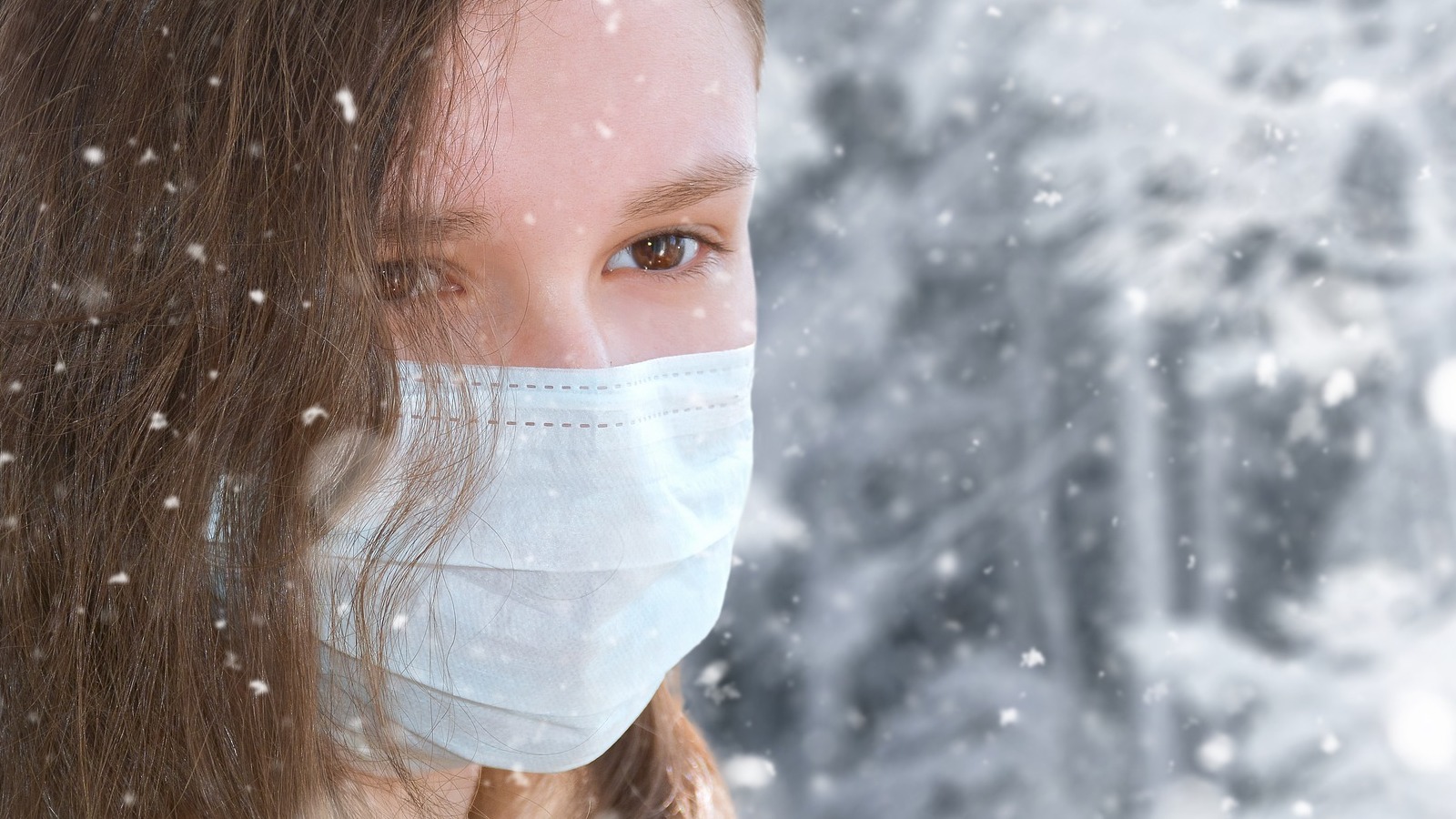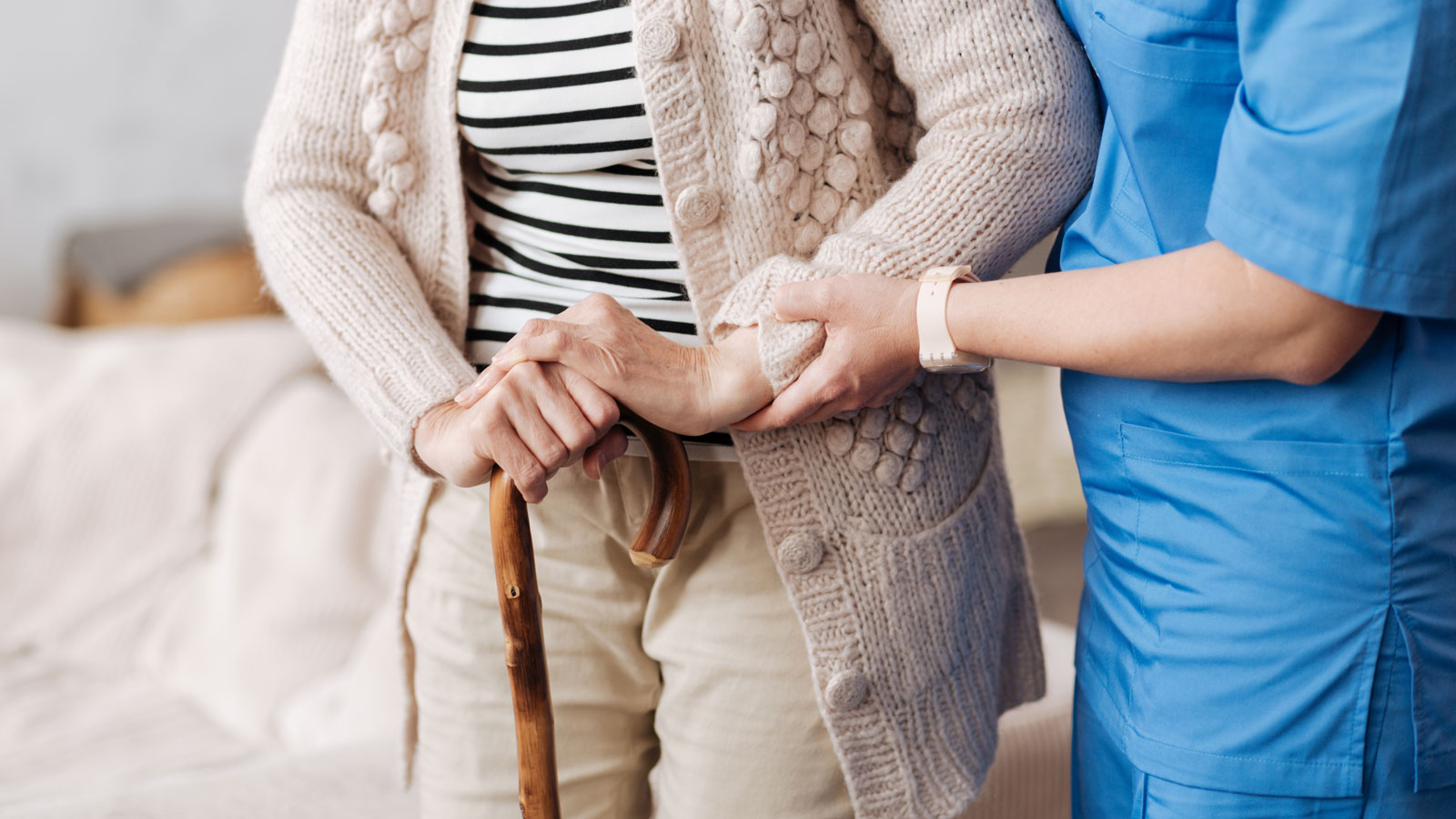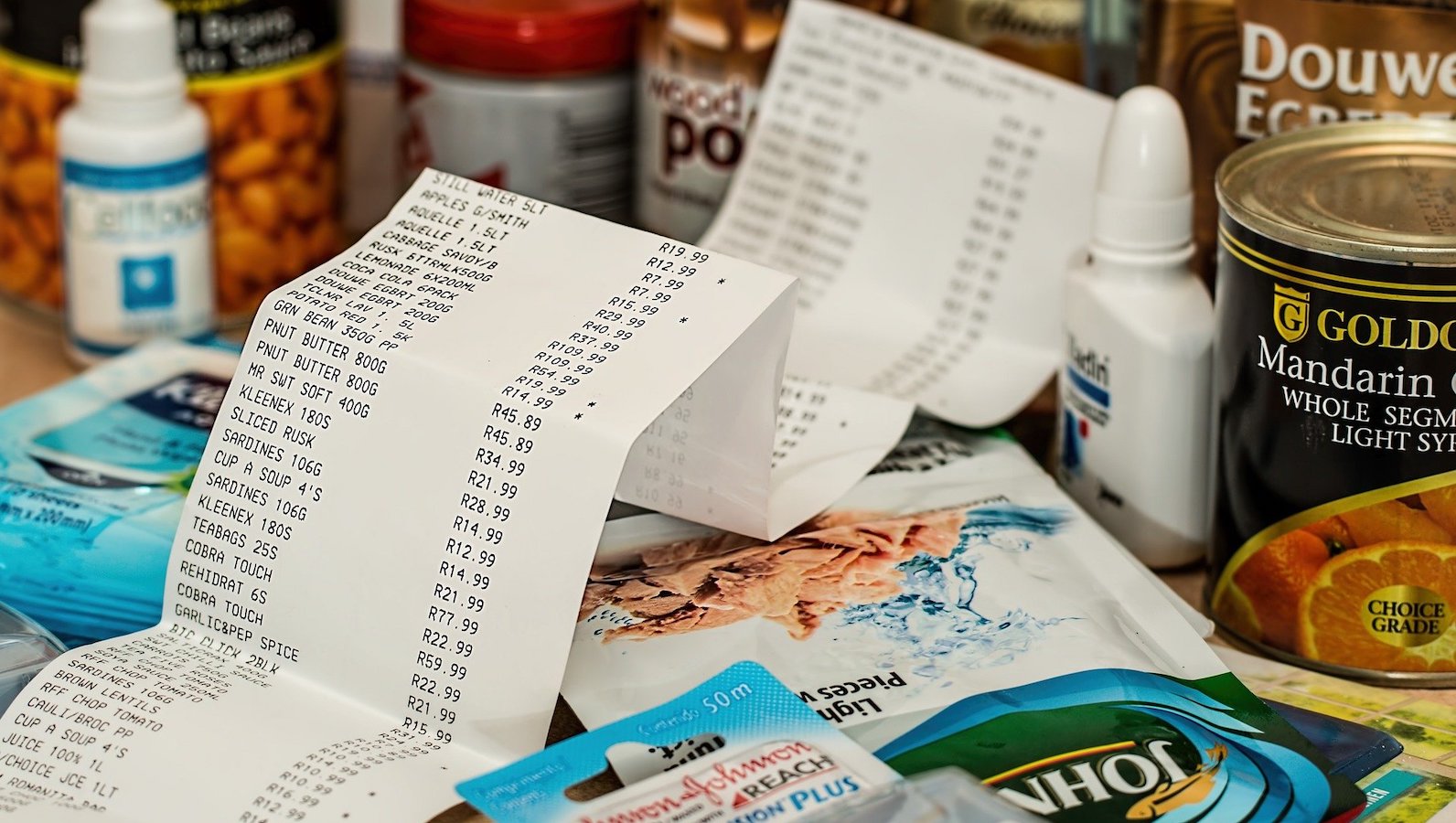
Another winter during COVID-19: How to stay safe and sound
The holidays are over and winter is upon us again. The long and cold months ahead can feel like an eternity, especially during an ongoing pandemic. Here are some ways to keep your mind and body healthy as we head into a second COVID-19 winter.

Jan. 13, 2022
By Isabel Brown, Consumer Watchdog Associate
We’ve been through this before, and now we’re here again. Summertime hopes for an end to the pandemic as vaccines became available have now been dashed. While we’re not in another full-blown lockdown, rising numbers of the Omicron variant in the wake of the holiday season have led many cities and businesses to implement restrictions again to limit the spread. What this could mean for you is another winter cooped up inside.
Staying physically healthy and protecting the people around you by getting vaccinated, masking up and maintaining social distancing is important. But as the two-year mark of this pandemic approaches, it’s important to consider mental health as well. As we find the balance between staying safe and staying sane, it’s important to continue abiding by the guidelines from the Centers for Disease Control and Prevention (CDC). But it doesn’t have to be all gloom and doom. You can have fun while staying safe with a little creativity. Here are some tips and ideas for keeping your mind and body healthy this winter.
Stick to the COVID safety basics
At this point in the pandemic, we’ve all been made aware of the importance of staying six feet apart from people you don’t live or are podded with, wearing masks in indoor public places, washing your hands regularly and staying home if you aren’t feeling well. Remember: scarves, ski masks, and balaclavas are not substitutes for masks, but you can wear them over your mask.
As tiresome as it may feel to keep up with these safety guidelines, they’re still really important because we know that they are effective.
Form a quarantine bubble
When it comes to COVID safety, at this point in the pandemic, we know the drill. Limiting the number of people you regularly come into contact with is an important safeguard against the spread of the virus. It’s all about limiting the potential for exposure. You may be considering forming a quarantine bubble or “pod” of people to make contact tracing easier and to give yourself some peace of mind. They were all the rage last winter and may be back “in style” again.
Isolation can really do a number on your mental health. “Podding” can be a way that you can still get some human interaction on a regular basis while still being mindful of best practices. Creating a bubble can be as easy as having a conversation with the friends, roommates and family members you see regularly to define the boundaries of your bubble and set some ground rules.
Here are some questions you can ask these friends or family to confirm everyone’s on the same page:
-
Will we hang out masked or unmasked? Outside or inside?
-
Will we maintain distance when we spend time together?
-
Who is working from home? Who has a higher risk job?
-
Are social interactions with people outside the group allowed?
-
What are everyone’s thoughts on outdoor dining, exercise classes, etc?
-
How often will everyone get tested?
-
Are new people welcome in the group if they agree to the guidelines?
Buy your essentials (within moderation)
Shortages are still at the forefront of many people’s minds. Everything from labor shortages and outbreaks at production facilities, to natural disasters and extreme weather have made it more difficult to get goods from one place to another. So we’re dealing with ongoing supply chain shortages. As more and more people are buying products online, many of us have figured out how to get all of our essentials when we need them. But as these “strange and unprecedented times” continue, a quick refresher of some important items to keep on hand may be helpful. But, remember, panic stockpiling basic amenities can only make supply problems worse. We want to make sure there’s enough toilet paper for everyone who needs it.
Here are some basic essentials you should make sure you have if you’re planning to hunker down inside for a while.
-
Hand soap
-
Hand sanitizer and other disinfecting products
-
Effective masks (cloth masks aren’t as safe as surgical masks, and N95 and KN95 are even better)
-
A digital thermometer
-
Any prescription medications and over-the-counter medications such as cough syrup and ibuprofen
-
Boxed and long-lasting foods (pasta, soup, canned vegetables, rice, oatmeal and peanut butter)
-
Pet food
Get vaccinated
If you haven’t already gotten all three COVID-19 vaccinations (or two with the J&J vaccine), now is the time. COVID-19 vaccinations are free across the country, whether you have health insurance or not. This resource from the CDC explains how to find vaccines in your area and how to schedule a vaccine appointment.
Get a flu shot
Flu season is already underway, so make sure you’re prepared. Climbing numbers of COVID infections are already overwhelming hospitals across the country, so staying healthy is especially important. According to the CDC, the flu vaccine prevents millions of illnesses and flu-related doctor’s visits each year and is an essential preventative tool for people with chronic health conditions. You can protect yourself and others by getting your flu shot from your local pharmacy or health care provider.
Plus, many pharmacies and doctor’s offices are offering booster shots and flu shots at the same time. So you can feed two birds with one scone and be double protected.
Take your vitamins
Including Vitamin C and Vitamin D in your diet not only helps your immune system stay in shape, but it can even boost your mood. Our bodies do not make Vitamin C, but we need it for immune function, iron absorption and more. Vitamin D is important for your bones. Your body uses Vitamin D to absorb and use calcium. Doctors believe that a Vitamin D deficiency can even contribute to the development of Seasonal Affective Disorder, a type of depression that happens during the same time every year. Because we get Vitamin D from the sun, a deficiency can often happen in the winter time or when spending a lot of time indoors, as many of us are these days. If you’re not getting these vitamins from your diet, try adding in a daily supplement and see how you feel. Talk to your doctor for more information on how vitamins can supplement your diet, support your immune system and help you feel better.
Stay busy indoors
The quarantine comforts we all adopted early on in the pandemic may not be working anymore. We’ve spent so much time making our homes as cozy as possible. Perhaps you’ve even decorated or re-organized a few times to make the space feel new again. Maybe you started some hobbies but have grown tired of them.
But staying busy can help with cabin fever. A report by the Happiness Institute found that people who crafted or took up D.I.Y. projects reported being happier during the pandemic. Maybe it’s time for another round of re-doing your space, whether it be clearing out the past year’s worth of junk, getting around to a home-improvement project you’ve been putting off, or finding a new way to make your home even cozier. Maybe it’s time to get that pandemic puppy you’ve been thinking about, or a less-demanding houseplant version. Studies have shown that indoor plants can actually improve productivity and concentration by up to 15 percent and increase air quality. In addition to companionship, pets can be a great way to stay moving throughout the day and even get some fresh air on a regular basis.
The important thing is that your space should look like whatever you need it to be. If you’re not a home-decor wizard and just want a space that’s full of cozy blankets and snacks, that’s alright. But finding ways to leave the house, even for a few minutes a day, can be really beneficial to your mental health.
Check the rules in your state
Requirements for being vaccinated or wearing masks, as well as health policies like paid sick leave vary by state and even by city. This tool from the Kaiser Family Foundation breaks down all sorts of COVID-related information by state. You can find the number of ICU beds in your state, how many intensive care medical workers there are, whether there are vaccine mandates in place, what policies there are for vaccination, testing and social distancing in schools, whether your state has expanded access to telehealth services and even how many at-risk adults there are in your state. This resource from Johns Hopkins reports the number of new COVID cases, the rate that people are getting tested and the positivity rate of those tests by state. For more local information, this tool from the CDC shows the number of COVID cases, the percentage of people who are vaccinated and the level of transmissibility by county.
Staying up to date with the most recent state and city-wide policies regarding COVID-19 can help you better plan your approach to staying safe this winter.
Topics
Find Out More


Nursing home safety during COVID: Cases and Vaccines

Price gouging: What to watch for to protect your wallet
